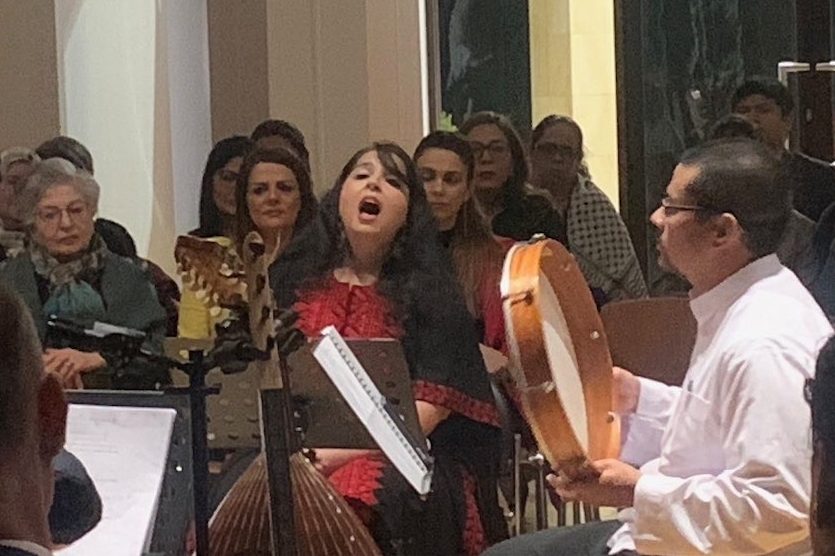
Müller, the 51-year-old live-wire who came to Canberra from a similar organisation in a Netherlands and once worked for Saatchi & Saatchi, stressed the need for archive staff to be “on the balls of our feet” as everything leaps firmly into the digital world, while still keeping its feet in the world of “GLAM”—”galleries, libraries, archives, and museums”.
The briefing was one of a series (others will take place in Sydney and Melbourne) and Müller was quick to talk up the archive as a potential world class centre of digital culture that would extend into the newest media, and to stress the need for “collective as opposed to solo genius”.

His intended move out of the historical Art Deco building (formerly the Institute of Anatomy and even a morgue, which he describes as “another kind of archive”) which attracted the most questions, but that wasn’t what was primarily on Müller’s mind.
It was rather the challenge of harnessing collective genius as the archive moved into the digital future, with Analog technology as backup. The archive, which keeps memories alive for future generations, he said, needed to be smart, connected and open and relevance was of the highest importance—it had to be used.
Müller, formerly an advertising executive, adopted a bold and catchy approach in announcing that “we are not an archive any more, we are an IT company and… our mission is to collect, preserve and share”.
Quoting Ted Albert, the record producer and music publisher who discovered and rebranded the Easybeats, he said we needed to “have our own voice”, and through that achieve visibility, usability and sustainability.
The analog and physical presence was one thing, Müller said, but in the digital domain it was “all about ones and zeros”. Transforming the archive into that world would require collective action – “it’s no use to do things on your own anymore”.
In looking for an authentic and innovative approach, he said, there would be five key priorities.
The first would be to digitise 200,000 items in the collection by 2025 – real and magnetic tape would not last and machines which play them are often gone.
Secondly, the aim was to establish a national centre of excellence, a digital repository. In this aim the archive would not be alone and he pointed to other institutions like the National Museum, the National Archives and the National Library of Australia, all homes to large digital repositories.

The fourth aim was to collect, preserve and share by moving quickly to new media and multimedia, not forgetting the more ephemeral phenomena of YouTube, E-sports and interactive film.
The fifth and final aim was what audience had come to hear: “To redefine our physical presence, which is a nice way to say we want a new building.”
The drawings Müller showed were “concepts only”, but it was his belief that something like these could be achieved in five to seven years – and he was planning to be around to see it happen.
The Acton Peninsula, he said, would be close to natural partners AIATSIS and the NMA, allowing a “precinct of ideas” where collective genius could flourish and thus confirming the reputation of Canberra as the “capital of cultural innovation”.
As the slogan of Saatchi & Saatchi says: “nothing is impossible”.
Who can be trusted?
In a world of spin and confusion, there’s never been a more important time to support independent journalism in Canberra.
If you trust our work online and want to enforce the power of independent voices, I invite you to make a small contribution.
Every dollar of support is invested back into our journalism to help keep citynews.com.au strong and free.
Thank you,
Ian Meikle, editor




Leave a Reply